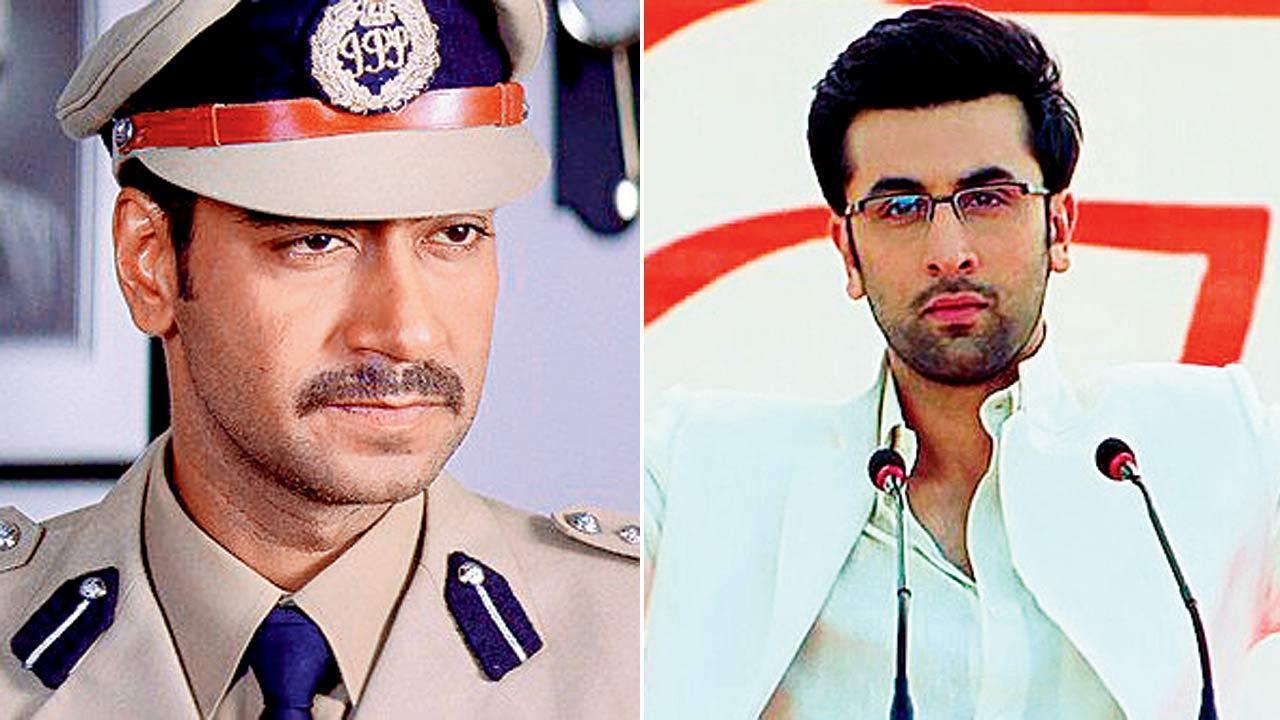
NATO countries are ramping up their efforts to prepare troops and gear for a potential high-intensity conflict as the fear grows that Russia’s war in Ukraine could spread to other parts of Europe.
According to a report by Shepherd Media House, Sean Monaghan, a visiting fellow at the CSIS Europe, Russia, and Eurasia Program, observed that NATO is now more combat-ready than it was two years ago. However, Monaghan emphasized that the alliance might not yet be prepared for a prolonged conflict. During a recent CSIS webinar, he highlighted that NATO still has substantial work to do in this area, especially in overcoming certain challenges to enable effective battlefield cooperation among member countries.
The smooth interoperability among NATO countries has emerged as a significant concern. Despite adhering to shared standards for procuring and utilizing military systems while striving to enhance system synchrony, the diverse array of equipment could complicate joint missions. This diversity in equipment also exacerbates difficulties in linking communication and information-sharing systems. Additionally, the logistical strain increases as varied platforms require different ammunition and spare parts.
Another pressing issue for NATO is the recruitment and retention of skilled professionals. In 2023, the US Army, Navy, and Air Force all missed their recruitment targets. Similarly, the UK’s military is struggling to attract professionals in science, technology, engineering, and mathematics (STEM), while the Netherlands faces a 20-25% personnel shortage.
Despite these challenges, NATO still maintains a numerical advantage in terms of active-duty personnel, with 1,891,635 members in 2024 compared to Russia’s 1,100,000. NATO’s overall military strength is also more substantial, boasting 2,429 combat-ready aircraft and 6,652 main battle tanks, compared to Russia’s 1,377 aircraft and 2,000 tanks.
Nevertheless, despite suffering losses since invading Ukraine in February 2022, Russia has managed to restore its troops and equipment to nearly pre-war levels. International sanctions have failed to halt Russia’s acquisition of key parts and electronics or its high levels of defense production. With assistance from China, Iran, and North Korea, Russia has been evading export controls and utilizing Western-made components.
Cynthia Cook, Director of the CSIS Defense-Industrial Initiatives Group and Senior Fellow with the International Security Program, pointed out that although NATO possesses more modern equipment than Russia, it still faces capability gaps and readiness challenges. These issues weaken its conventional deterrence, as reported.
Since 2014, the number of NATO’s combat vehicles, including main battle tanks, infantry fighting vehicles, armored reconnaissance vehicles, and self-propelled artillery, has either remained constant or decreased. Cook noted gaps in European naval forces, air support, air defense, and critical munitions.
. These concerns were addressed at the 2022 Madrid Summit, where a task force was established to bolster the strength of critical infrastructure, including energy, transportation, digital systems, and space.
This initiative has led to increased defense funding. In February, NATO disclosed that European countries and Canada had raised their defense investments by 11% over the past decade, amounting to over $600 billion. Additionally, NATO predicts that by 2024, 18 out of its 32 allies will allocate 2% of their GDP towards defense spending.
To further enhance their defense capabilities, NATO members recently approved a Defense Production Action Plan. Initially focusing on land munitions, this plan aims to improve the cooperation and standardization of military equipment across member states.
Cook noted that policymakers are now prioritizing the defense industry as they should. Countries are also enhancing their supplies by acquiring new systems, solutions, and platforms in various areas. The inclusion of Finland and Sweden in the alliance has further bolstered NATO, as they bring advanced defense equipment to the collective arsenal. According to Monaghan, this development has been one of the most significant for NATO in recent years.
In a move to enhance their military structure, member countries have established four additional multinational battle groups called Enhanced Forward Presence (EFP) in Estonia, Latvia, Lithuania, and Poland, bringing the total number of multinational forces within the alliance to eight. The other EFPs are located in Bulgaria, Hungary, Romania, and Slovakia. NATO has praised these developments as some of the most substantial enhancements of collective defense in many years.
In 2022, NATO achieved a major milestone with the establishment of Standing Naval Forces, placing these troops under the Supreme Allied Commander Europe’s command for the first time. Another initiative has focused on improving joint training and operations across various domains.
In 2023, NATO countries intercepted over 300 Russian aircraft in Baltic airspace and increased their contributions to air and missile defense. Additionally, in May 2024, NATO conducted its largest exercise since the end of the Cold War. The Steadfast Defender exercise included a large deployment involving over 90,000 personnel, 50 ships, 80 aircraft, and 1,100 combat vehicles.
Monaghan noted that NATO has significantly intensified its high-level and high-end collective defense exercises over the past two years, reflecting the alliance’s ongoing efforts to prepare for potential escalations in Europe.










